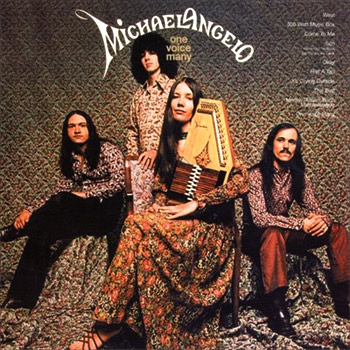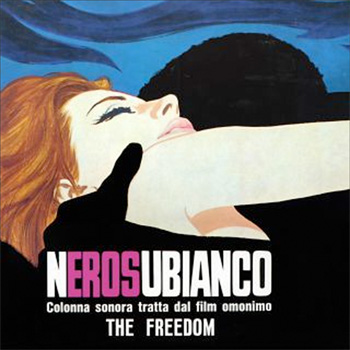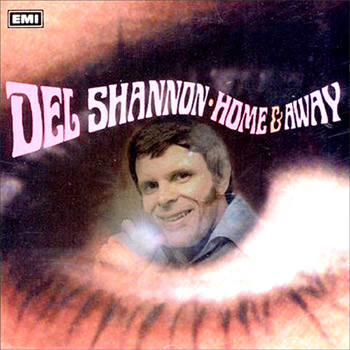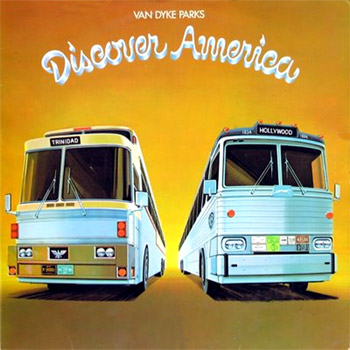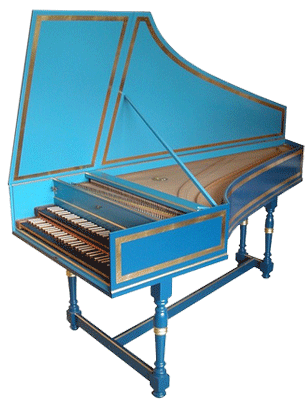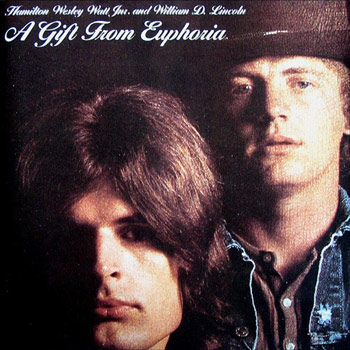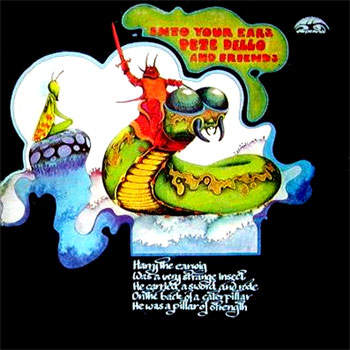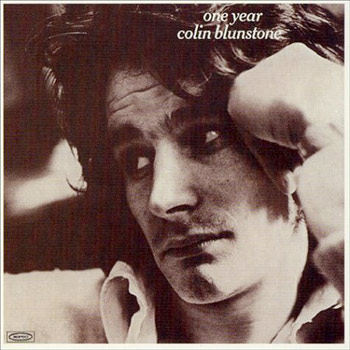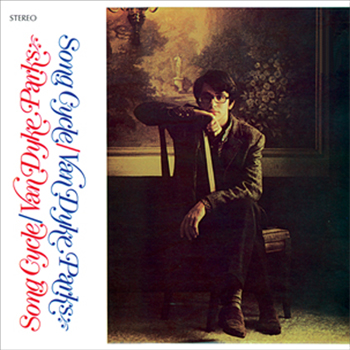The Bee Gees “Bee Gees 1st”
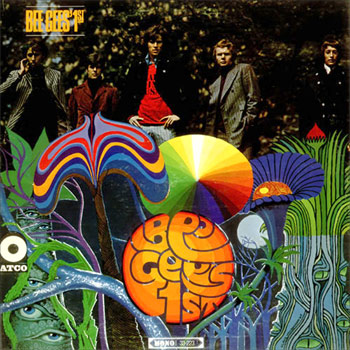
Long before they were known as the kings of Disco, the Bee Gees were master craftsmen of some of the greatest pop-rock the late ˜60s and early ˜70s had to offer. First rumored to be The Beatles under an alias (Bee Gees = Beatles Group, get it?), the Bee Gees exploded in the North American market in the late summer of 1967 with this album (their first US Top 10 album), and three Top 20 singles: “New York Mining Disaster 1941,” “To Love Somebody” (originally meant to be recorded for the late great Otis Redding), and “Holiday.” The Brothers Gibb were well on their way to international superstardom.
On first listen, Bee Gees 1st plays like a wonderful, lost baroque-pop album, which isn’t far from the truth. The opening track, Turn Of The Century, with its lush orchestration and classic vocals from the Brothers Gibb, will immediately have the listener waiting for more. The hits, as previously mentioned, are here of course, but the remaining tracks are what give this album its enduring appeal; the record embodies the sweet sounds of the summer of ’67. The psych-pop weirdness of “Red Chair, Fade Away” to the Pepper-esque “Every Christian Lion-Hearted Man Will Show You” reveal the Bee Gees at their most versatile and most talented. 1st is full of tunes that will make you smile, whether out of pure joy or bittersweet introspection.
1967 was one hell of a year for popular music. Think of all the amazing and influential albums that were released that year – Sgt. Pepper’s, Surrealistic Pillow, The Doors S/T, Disraeli Gears; the list goes on and on. I like to hold this first Bee Gees album in the same category of greatness as all of the other classic smashes of ’67.
The Bee Gees are still a beloved music group. To me, there is nothing quite like their output from the late ˜60s. These songs, along with their other early albums (Horizontal, Idea, Odessa), have truly stood the test of time, and it’s easy to see why. If you want to hear classic, endearing, and beautiful 1960s pop, pick up this album.
“Turn Of The Century”
![]() CD Reissue | 2007 | Rhino/Wea | buy here ]
CD Reissue | 2007 | Rhino/Wea | buy here ]
![]() Original Vinyl | 1967 | Atco | search ebay ]
Original Vinyl | 1967 | Atco | search ebay ]
![]() Spotify link | listen ]
Spotify link | listen ]
